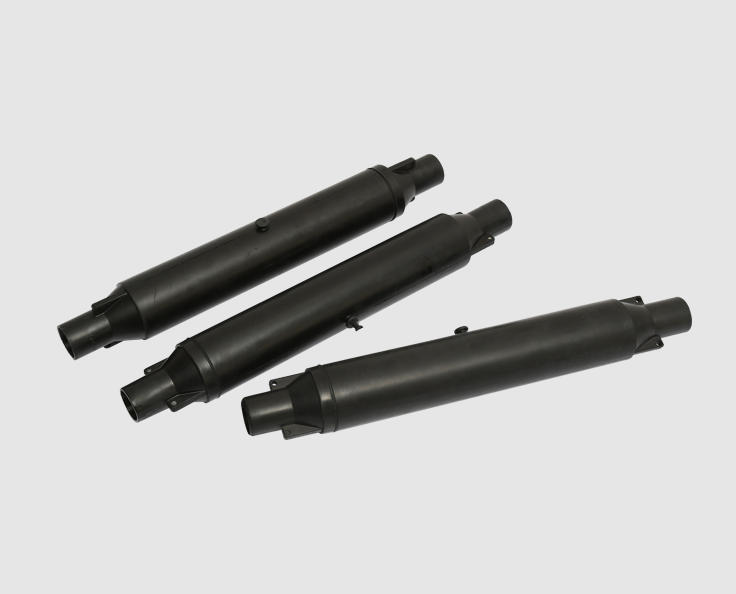A Guide to Picking Heat Shrink Tubing for Wiring Needs

When selecting a heat shrink cable sleeve, several factors should be considered to ensure optimal performance and compatibility with the intended application.
First, size is critical. The sleeve should have an internal diameter large enough to fit over the cable or connector before shrinking, yet small enough to form a secure fit after heat is applied. It's important to choose a sleeve with the correct shrink ratio, such as 2:1, 3:1, or even 4:1 depending on the required compression.
Material composition also affects performance. Polyolefin is one of the most commonly used materials due to its balance of flexibility, durability, and heat resistance. For high-temperature or chemically aggressive environments, specialized materials may be required.
Color coding is another useful feature. Different colors can be used to indicate voltage levels, circuit types, or phase identification, especially in multi-cable setups.
It's also worth checking for additional properties such as flame retardance, waterproof sealing, or adhesive lining. Adhesive-lined sleeves provide an extra layer of protection by creating a seal as they shrink, which is helpful in outdoor or high-moisture areas.
By carefully matching size, material, and functional needs, users can ensure a secure and effective insulation solution using heat shrink cable sleeves.
- Whats New
- Shopping
- Wellness
- Sports
- Theater
- Religion
- Party
- Networking
- Music
- Literature
- Art
- Health
- Games
- Food
- Drinks
- Fitness
- Gardening
- Dance
- Causes
- Film
- Crafts
- Other/General
- Cricket
- Grooming
- Technology

